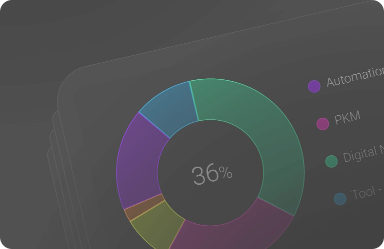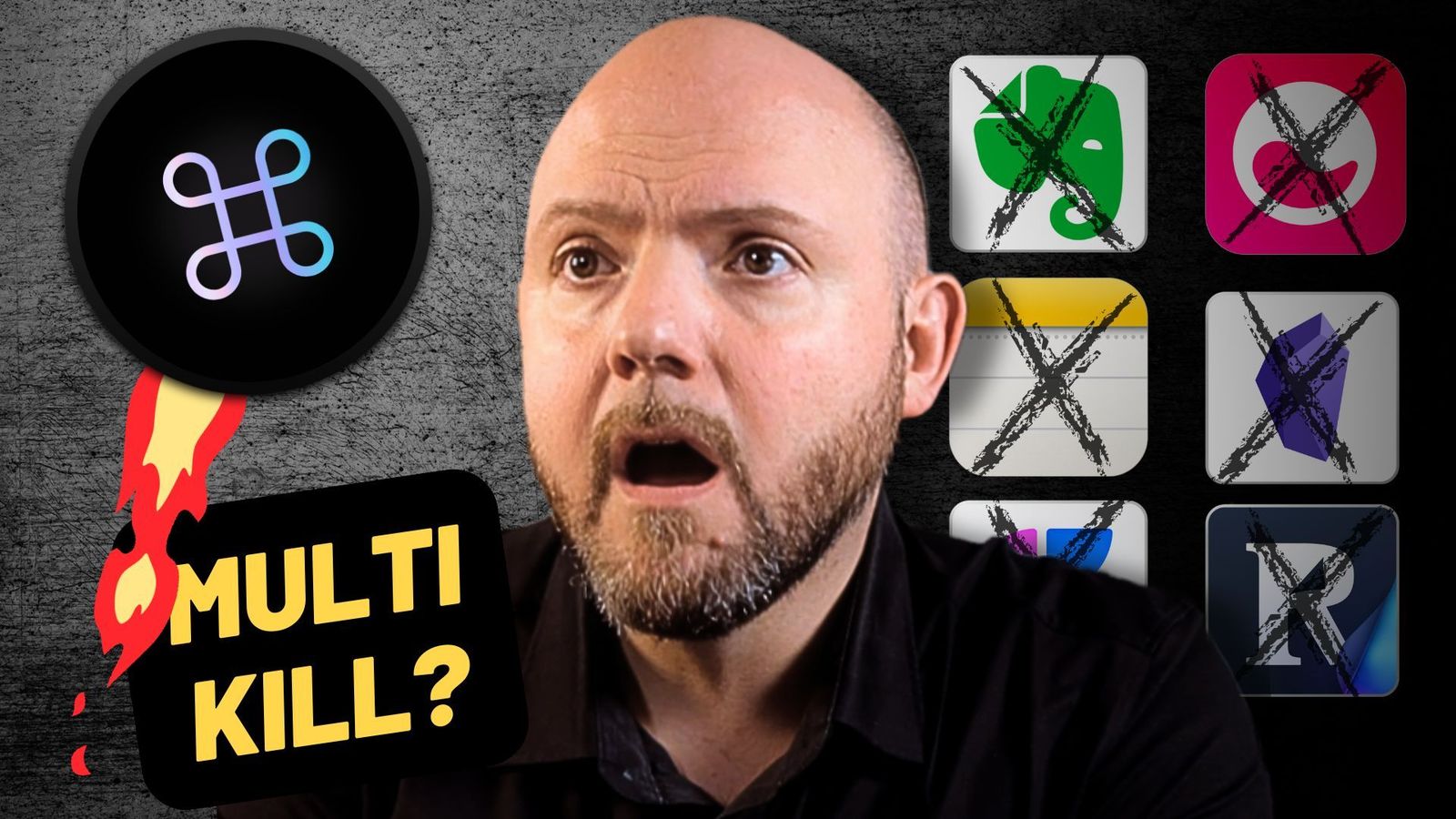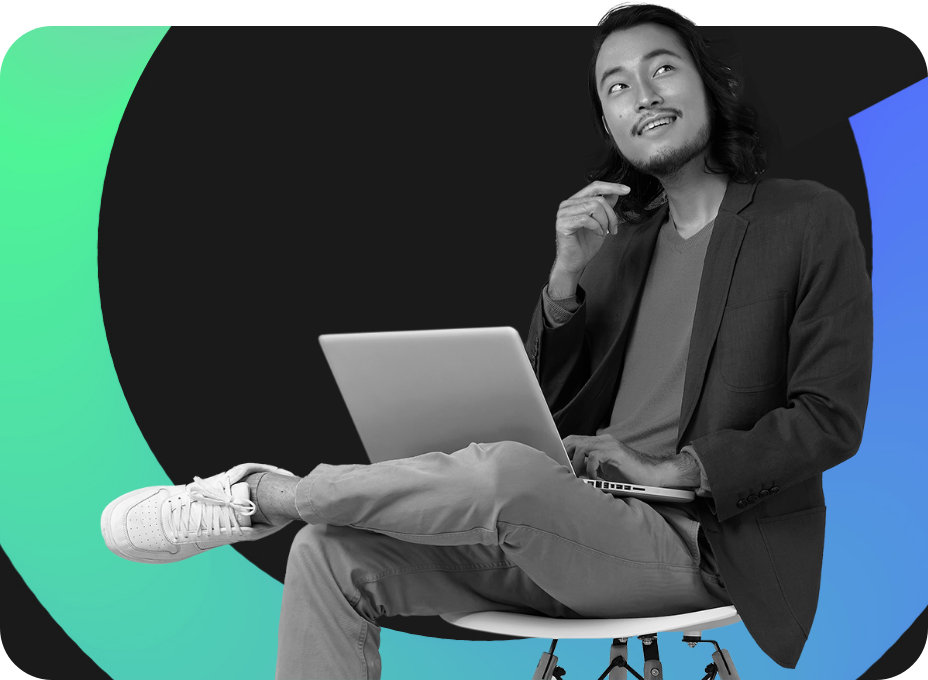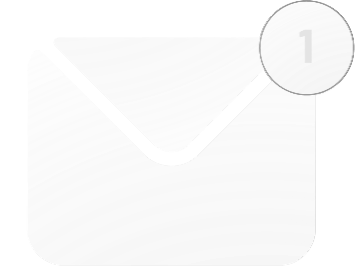In a recent video by the Paperless Movement®, Tom Solid explores the various aspects of note-taking, focusing on the differences between handwriting note-taking apps and digital tools. He delves into the importance of understanding the context in which you are taking notes and how different tools can be more or less effective depending on your needs.
Handwriting Note-Taking Apps vs. Typing
Tom begins by addressing the debate between handwriting note-taking apps and typing. He acknowledges that some people may find handwriting more comfortable and faster, while others prefer typing. Tools like GoodNotes, Notability, and Apple Notes can convert handwritten text into typed text, making it searchable and more accessible. However, Tom emphasizes that the choice between handwriting and typing should depend on individual preferences and needs.
The Importance of Leveraging Information
The video highlights the importance of not just taking notes but leveraging them effectively. Tom discusses the ICOR® framework, which helps in understanding what type of information to collect and where to store it for easy access later. He mentions tools like Obsidian and Roam Research that connect notes and surface new information, making them popular among authors and researchers.
Note-Taking for Different Professionals
Tom categorizes note-takers into solopreneurs, freelancers, students, and business professionals, each with unique needs. For those working alone, handwriting apps might be suitable, but the challenge lies in finding information later. He emphasizes the use of tags and global search to categorize and locate notes.
For business professionals, Tom stresses the importance of a single source of truth, where notes are accessible to everyone in a team. He recommends using project management tools like ClickUp or Notion to store and share notes, ensuring that everyone has access to the same information.
Personal Journaling and Reflection
Tom also touches on personal journaling, mentioning the Paperless Movement®’s Digital Journal Designer, which allows for creative and interactive note-taking. He shares his personal preference for an app called Day One for journaling, highlighting its feature of resurfacing past entries, helping to reflect on personal and professional growth.
Conclusion and Call to Action
Tom Solid’s exploration of note-taking is a comprehensive guide for Busy Professionals looking to understand the best methods and tools for their specific needs. Whether you prefer handwriting or typing, working alone or in a team, the video offers insights and recommendations tailored to various contexts.
If you’re interested in diving deeper into productivity and note-taking, consider joining the Paperless Movement® Membership that teaches productivity end-to-end with comprehensive courses about Note-Taking, Personal Knowledge Management (PKM), Task Management, and Project Management.
For those interested in personal journaling, Tom is working on a new online course about Day One, which will be free for members of the Paperless Movement®. Join now to access this and other valuable resources to enhance your productivity journey.







